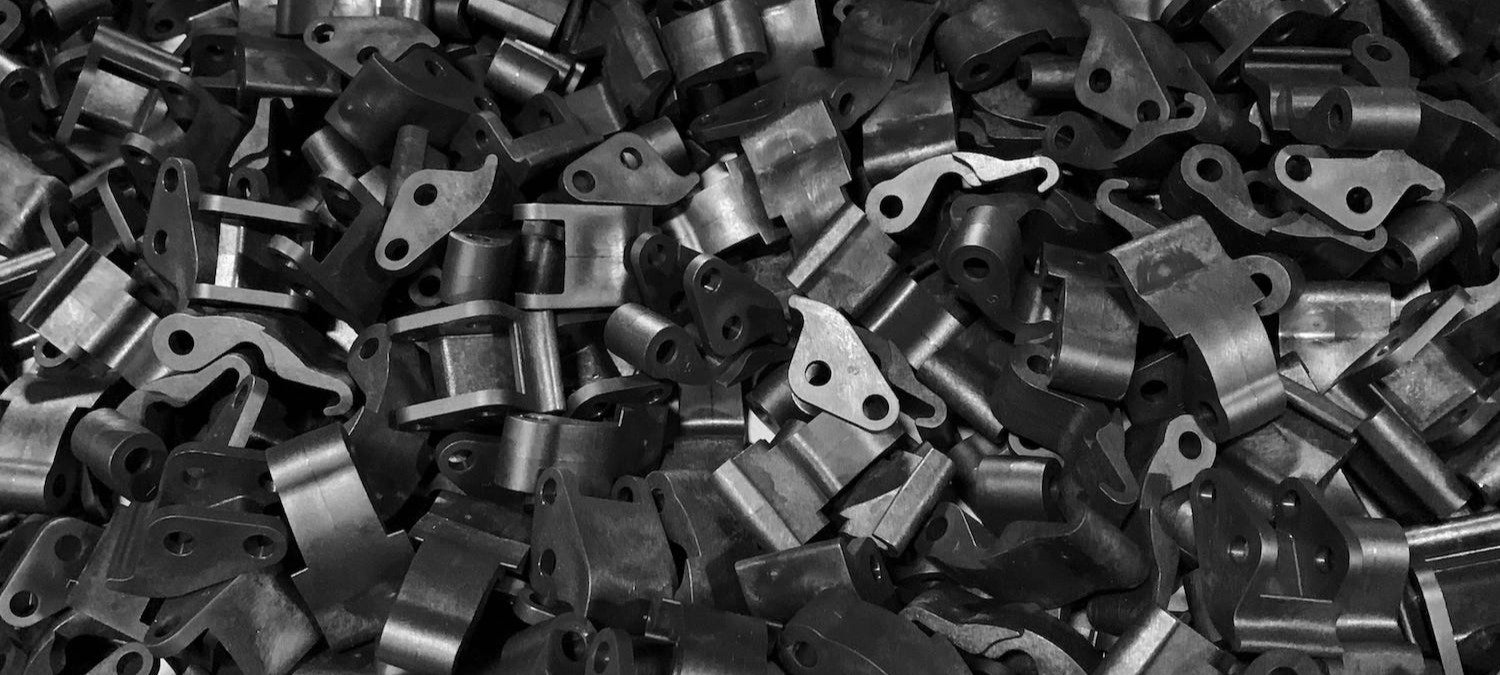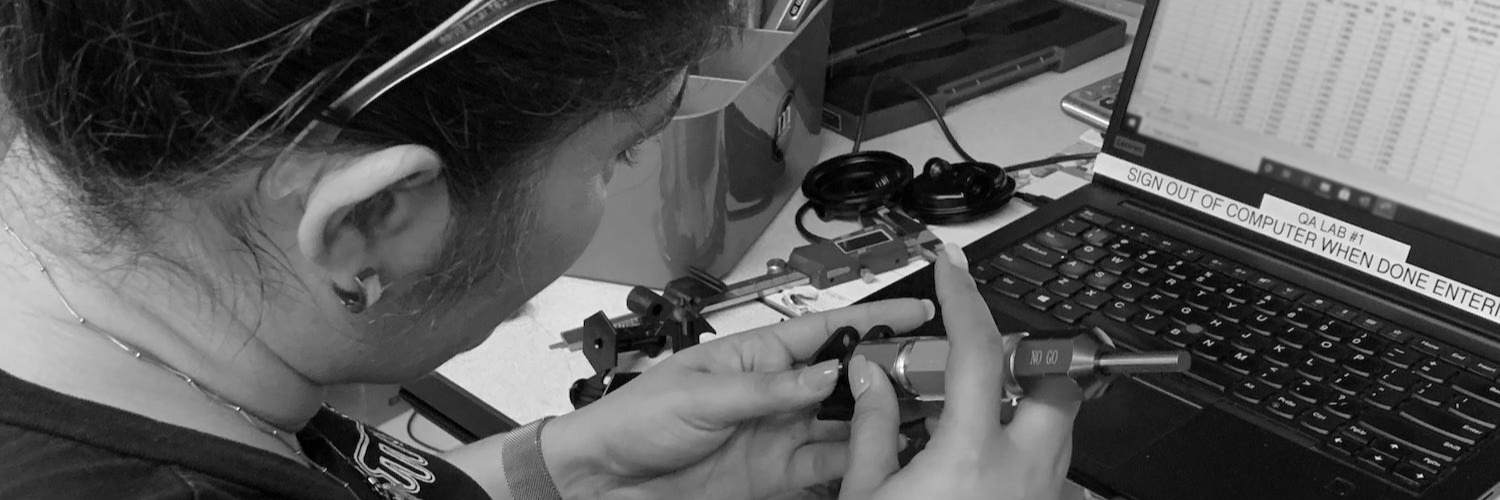Commodity plastics are the backbone of modern manufacturing, making up the majority of plastic products we interact with daily. These widely used materials are valued for their affordability, ease of processing, and ability to be mass-produced at scale.
From food packaging and disposable containers to household goods and construction materials, commodity plastics provide a cost-effective solution for industries that require high-volume production.
This article explores the defining characteristics of commodity plastics, their common applications, and how they compare to engineering-grade plastics. Come along as we explore this product that you interface with each and every day.
What Are Commodity Plastics?
Commodity plastics are thermoplastics that are produced in large quantities for everyday applications. They are typically used in products where cost, ease of manufacturing, and recyclability take precedence over mechanical strength and long-term performance. These materials are known for their versatility and are often chosen for consumer goods, packaging, and lightweight structural applications.
4 Key Characteristics of Commodity Plastics
Commodity plastics are defined by their widespread availability and ease of processing. Their main characteristics include:
1. Low Cost
These plastics are inexpensive to produce, making them ideal for high-volume manufacturing.
2. Good Processability
They can be easily molded, extruded, and thermoformed into various shapes.
3. Lightweight
Many commodity plastics offer a favorable strength-to-weight ratio.
4. Recyclability
Some commodity plastics, such as polyethylene and polypropylene, are highly recyclable, contributing to sustainability efforts.
Common Materials Used in Creating Commodity Plastics
Several plastic types fall into the commodity category, each serving different industrial and consumer needs. These plastics are made from various materials, including:
- Polypropylene (PP): Lightweight and moisture-resistant, PP is commonly used in food containers, automotive parts, and medical applications.
- Polyethylene (PE): Available in various forms (HDPE, LDPE, LLDPE), polyethylene is used in packaging, plastic bags, and industrial applications.
- Polystyrene (PS): Often used for food packaging, disposable cutlery, and insulation materials.
- Acrylic (PMMA): Offers glass-like transparency and is used in displays, signage, and protective barriers.
- High Impact Polystyrene (HIPS): One of the most widely used plastics due to malleability and cost effectiveness.
Applications of Commodity Plastics
Because of their affordability and ease of manufacturing, commodity plastics are used across a wide range of industries:
Consumer Goods
Toys, household items, furniture, and storage containers.

Packaging
Food and beverage containers, plastic film, and shopping bags.

Medical Applications
Disposable syringes, medical packaging, and tubing.
Automotive
Interior panels, bumpers, and fuel tanks.
Construction
PVC pipes, flooring materials, and insulation.

Why Would You Choose Commodity Plastics Over Engineering Grade Plastics?
The primary reason? Cost-effectiveness.
While engineering grade plastics offer superior strength, heat resistance, and durability, commodity plastics are the go-to choice for high-volume, cost-sensitive applications. They are widely available, easy to process, and ideal for products where extreme performance isn’t required.
For manufacturers looking to balance affordability, efficiency, and functionality, commodity plastics provide a practical solution—especially for packaging, disposable goods, and consumer products where material costs play a crucial role in overall pricing.
Why Work with Molding Dynamics for Commodity Plastics?
Molding Dynamics offers expertise in injection molding with commodity plastics, providing cost-effective solutions for high-volume production. Our knowledge of material properties and manufacturing processes ensures that our clients receive high-quality, reliable components for their applications.
Need help selecting the right plastic for your project?
Contact Molding Dynamics’ team for a conversation or a quote.





